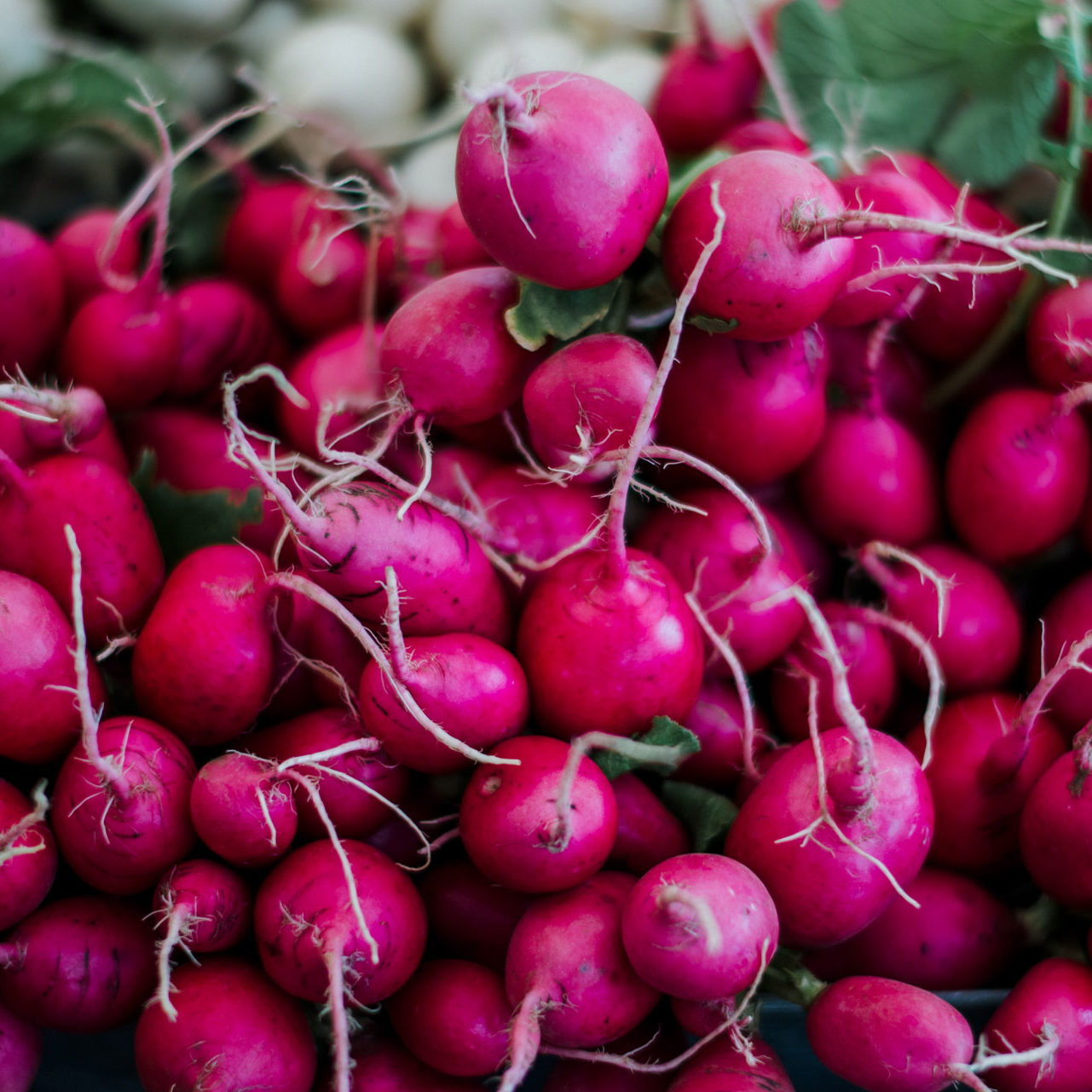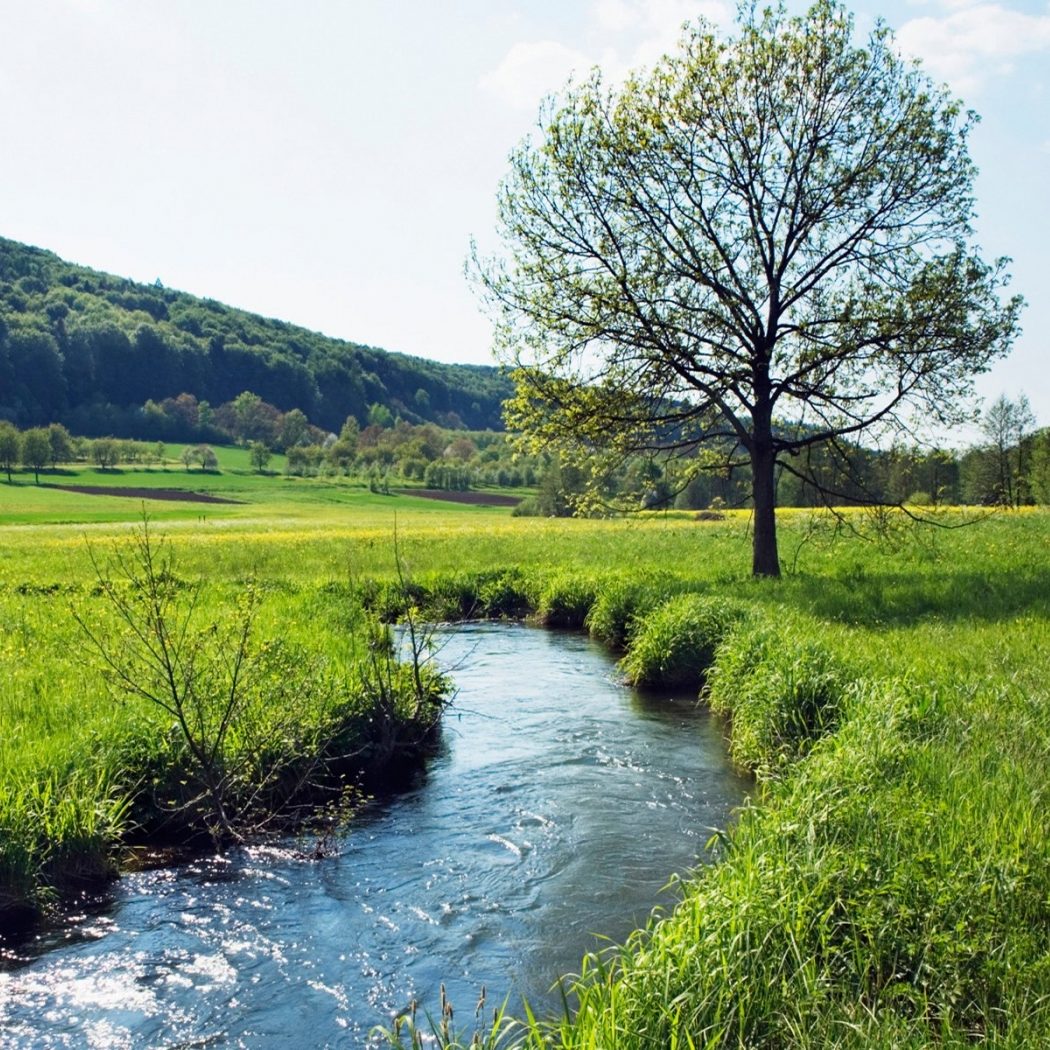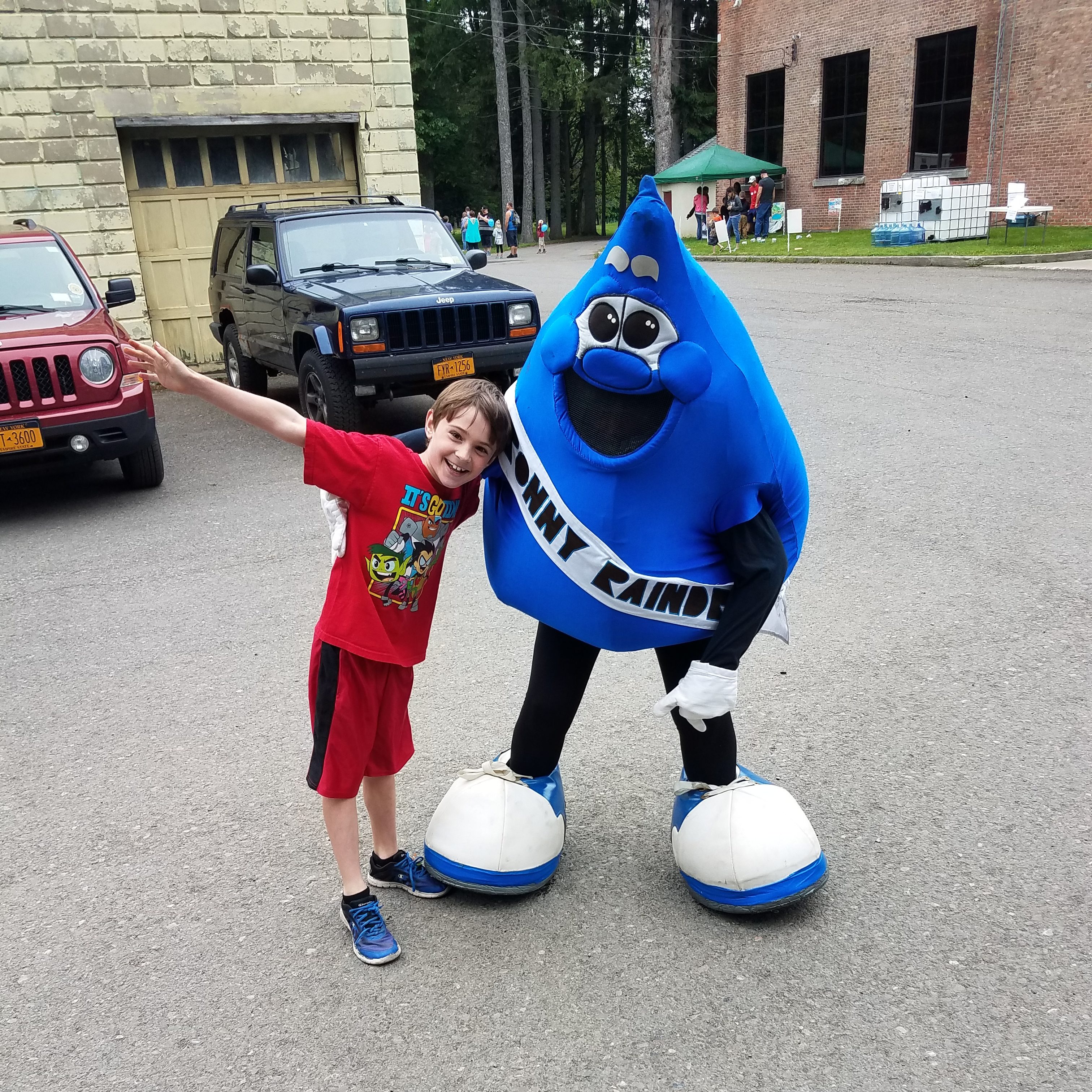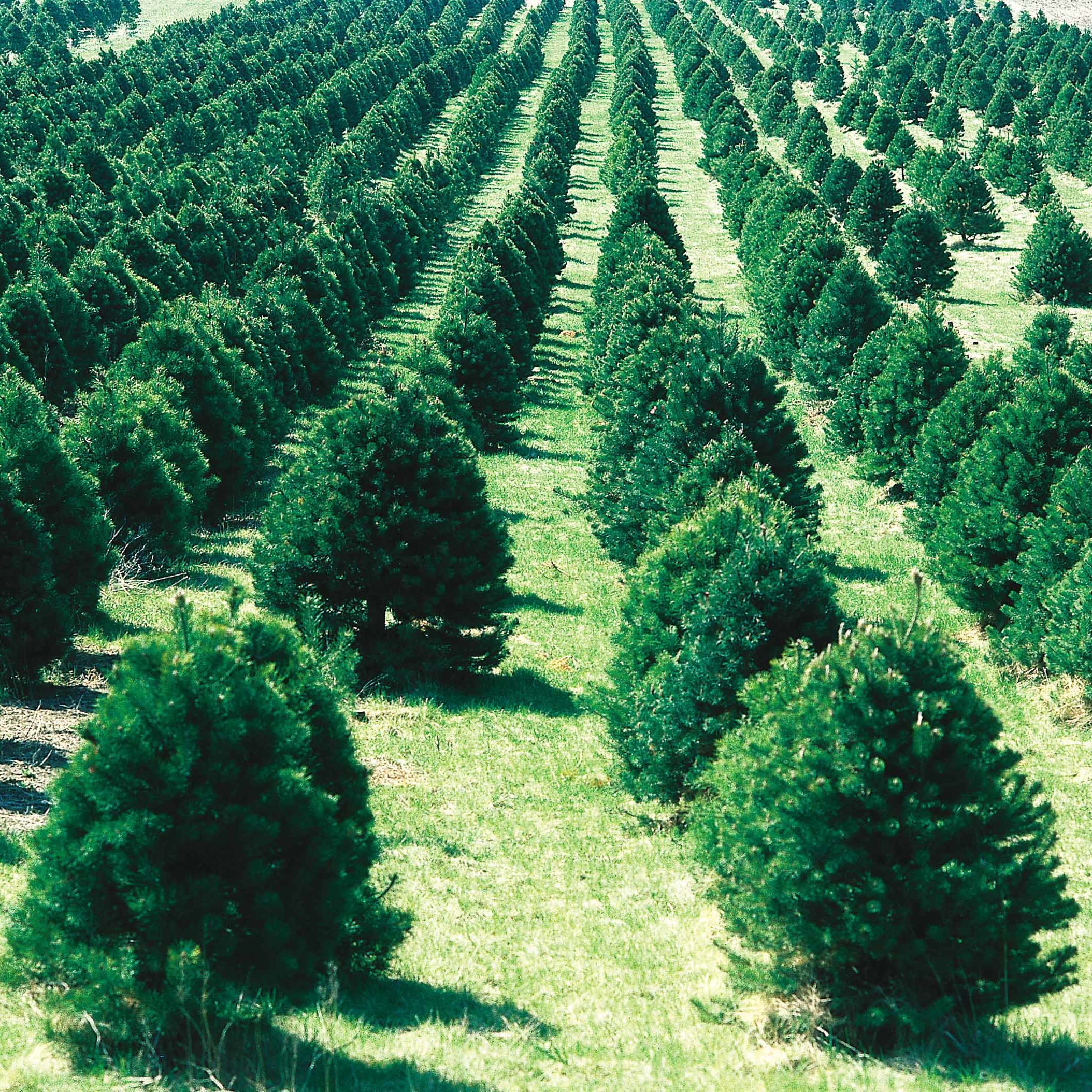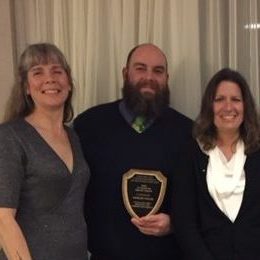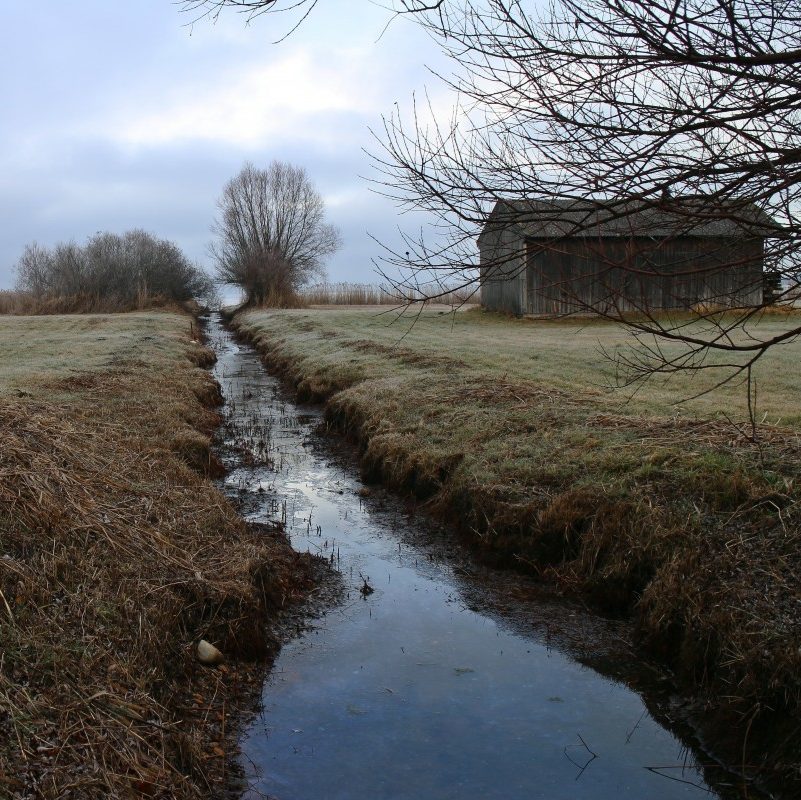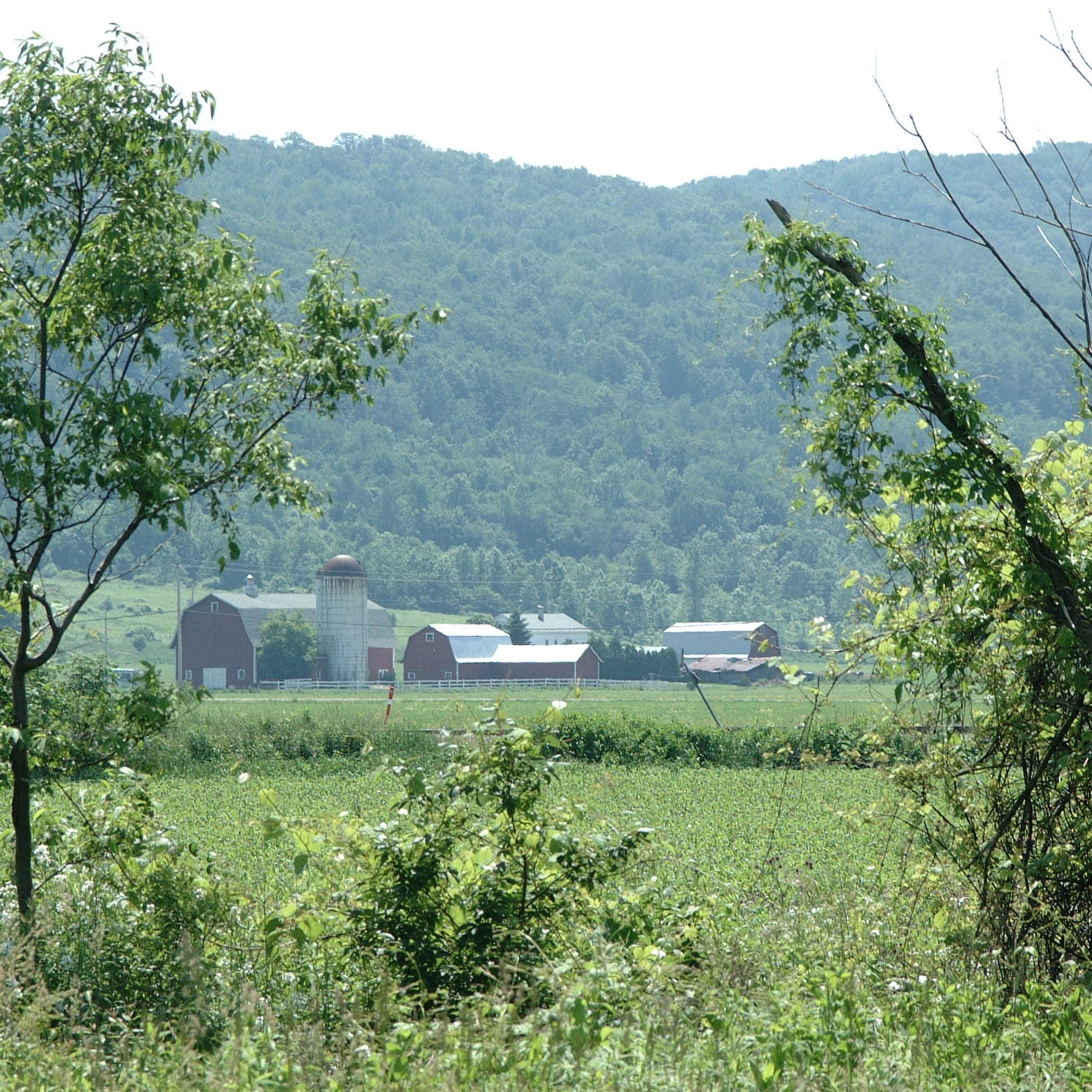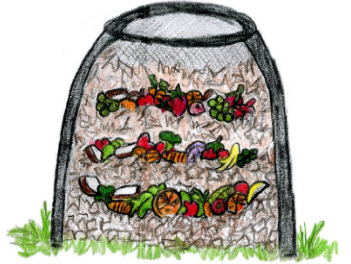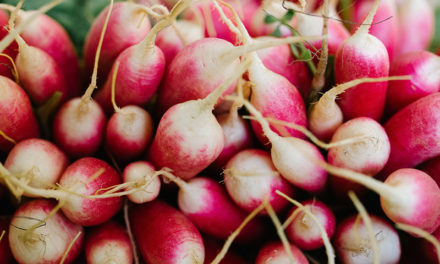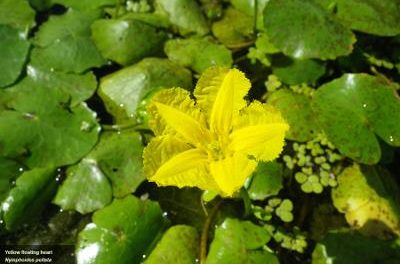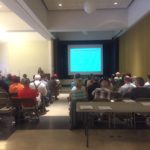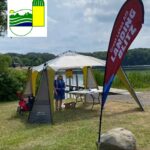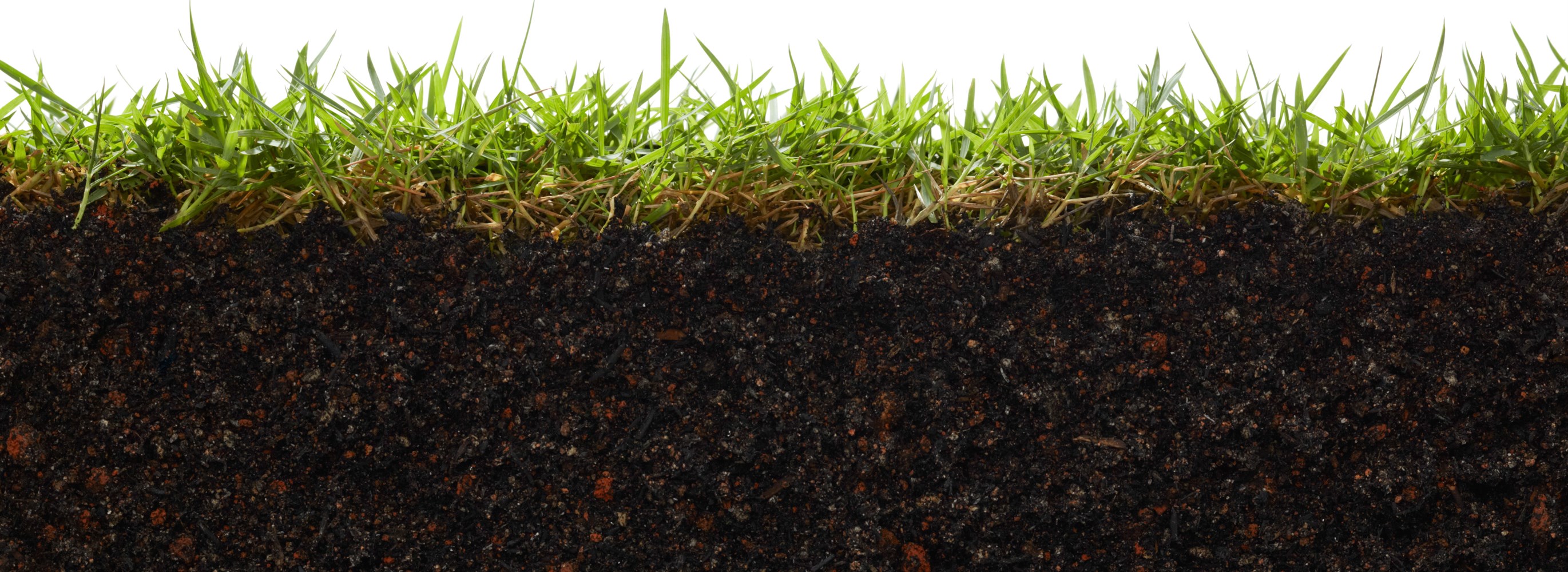Have you seen those tubes sticking up out of the grass around Cortland County? They are always found along a stream or river and have a very important job. Inside those tubes are seedling trees and shrubs! The trees and shrubs are planted in order to establish riparian buffers, which are important for the ecological health of streams.
A riparian buffer is a vegetated area near a stream, which helps to shade and protect the water body from adjacent land uses. The roots of the trees and shrubs will help prevent bank erosion and act as a filter for sediment, nutrients, and pollutants entering the waterway. Cortland County lies within the Chesapeake Bay watershed, which means that stream buffers here have much broader implications for water health than they might seem.
Stream buffers also provide essential habitat for wildlife. Small mammals such as cotton tails and chipmunks thrive in the shrubby areas and stands of trees and shrubs provide winter cover for white tailed deer. Amphibians, reptiles, and a host of insects take shelter in the leaf litter. Birds of all kinds live in the tree canopy and feed on fruiting trees as well as the insects.
Within Cortland County, a bald eagle nest can be found directly above a buffer installed by Soil and Water in 2020. In fact, because the bald eagle is an endangered species, the nesting site is protected. Although Soil and Water was unable to perform maintenance on this buffer during the spring while the eagles are nesting, once the fledglings are able to hunt on their own this fall, we will be able to work more on the site. In fact, we have plans to expand the buffer by planting even more trees and shrubs.
Bald eagles are primarily pescatarian; their main food source is fish. Riparian buffers can greatly benefit fish populations, such as trout. The filtration of sediments provided by buffers prevents fine sediments from entering waterways and clogging fish gills and smothering spawning sites. Buffers will also provide shade- high water temperatures can deplete oxygen levels in water. Macroinvertebrates in streams also benefit from buffers, feeding on and living in leaf detritus at the bottom of waterways, which in turn provide a food source for the fish.
It is exciting to think that such a newly planted buffer may already be benefitting wildlife, especially an endangered species. As the young trees and shrubs grow, their ecosystem benefits will only increase and hopefully a nesting pair of bald eagles will continue to return to this site.

